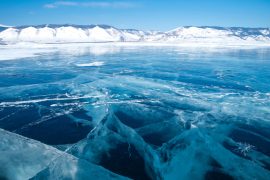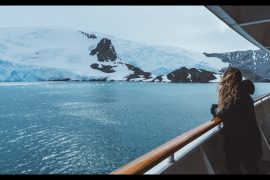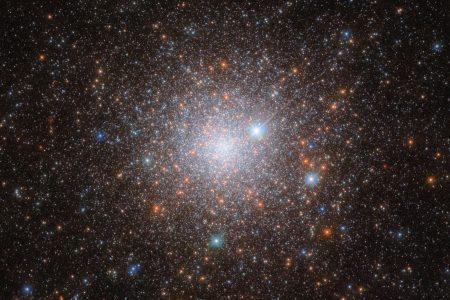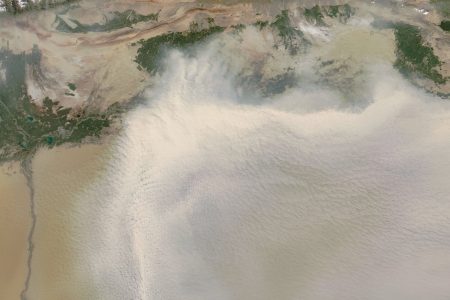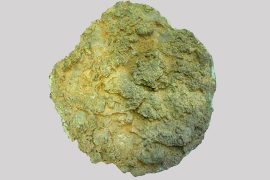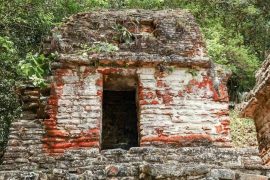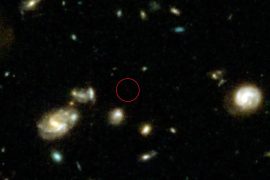Capitol Reef National Park in south-central Utah

Today’s Image of the Day from NASA Earth Observatory features Capitol Reef National Park, located in south-central Utah in the heart of red rock country.
“It was named instead for two geologic features: the prominent white domes of Navajo Sandstone, which reminded early settlers of the Capitol Building in Washington, D.C.; and a formidable ridge of rocky cliffs that presented a barrier to travel,” explains NASA.
“The settlers (some likely traveling in prairie schooners) likened it to the maritime navigational hazard of an ocean reef.”
The ridge, which is known as Waterpocket Fold, runs north to south for 90 miles. Waterpocket Fold is a monocline, a a step-like fold in rock layers that have been folded up or down on one side.
“Between 75 million and 35 million years ago, the tectonic forces that uplifted the Rocky Mountains also buckled older rocks below Capitol Reef,” reports NASA. “The rock layers above did not break, but bent, like a tablecloth draped over a table edge. The bend in this drape forms the Waterpocket Fold. More recently, rains, flash floods, and freeze-thaw cycles have eroded and sculpted the cliffs, canyons, bridges, and domes into what we see today.”
“Capitol Reef tells a geologic story of hundreds of millions of years of deposition, uplift, and erosion – punctuated by episodes of volcanism and glaciation. The park boasts a nearly complete series of rock layers spanning from the late Permian Period (about 290 million years ago) to the end of the Mesozoic Era (66 million years ago). Deposited along and in a shallow sea and ancient delta, these rocks hold a nearly continuous record of life and environments here from before the rise of the dinosaurs through their demise.”
Image Credit: NASA Earth Observatory
–—
By Chrissy Sexton, Earth.com Staff Writer
News coming your way





